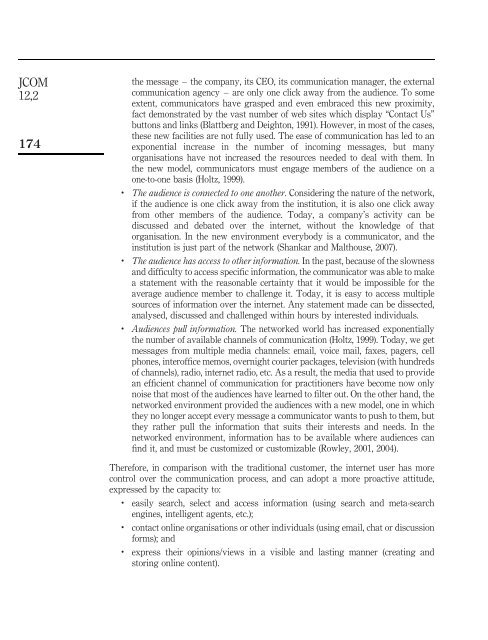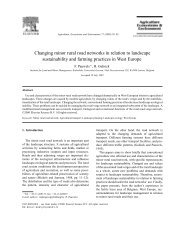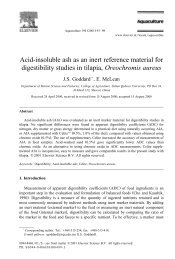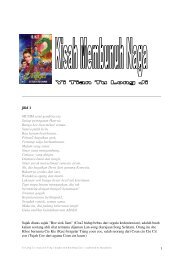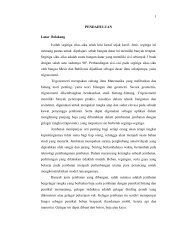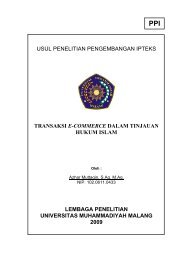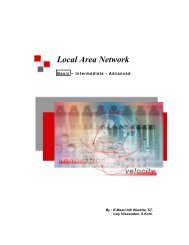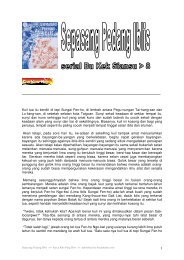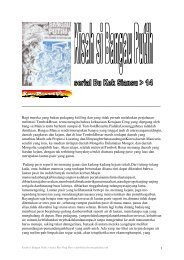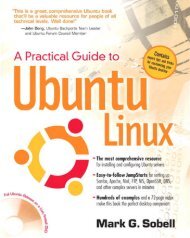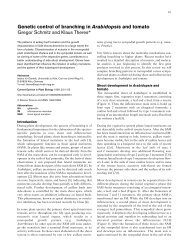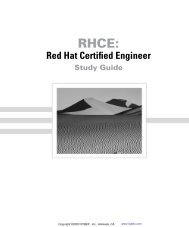Integrated online marketing communication ... - Directory UMM
Integrated online marketing communication ... - Directory UMM
Integrated online marketing communication ... - Directory UMM
You also want an ePaper? Increase the reach of your titles
YUMPU automatically turns print PDFs into web optimized ePapers that Google loves.
JCOM<br />
12,2<br />
174<br />
the message – the company, its CEO, its <strong>communication</strong> manager, the external<br />
<strong>communication</strong> agency – are only one click away from the audience. To some<br />
extent, communicators have grasped and even embraced this new proximity,<br />
fact demonstrated by the vast number of web sites which display “Contact Us”<br />
buttons and links (Blattberg and Deighton, 1991). However, in most of the cases,<br />
these new facilities are not fully used. The ease of <strong>communication</strong> has led to an<br />
exponential increase in the number of incoming messages, but many<br />
organisations have not increased the resources needed to deal with them. In<br />
the new model, communicators must engage members of the audience on a<br />
one-to-one basis (Holtz, 1999).<br />
. The audience is connected to one another. Considering the nature of the network,<br />
if the audience is one click away from the institution, it is also one click away<br />
from other members of the audience. Today, a company’s activity can be<br />
discussed and debated over the internet, without the knowledge of that<br />
organisation. In the new environment everybody is a communicator, and the<br />
institution is just part of the network (Shankar and Malthouse, 2007).<br />
. The audience has access to other information. In the past, because of the slowness<br />
and difficulty to access specific information, the communicator was able to make<br />
a statement with the reasonable certainty that it would be impossible for the<br />
average audience member to challenge it. Today, it is easy to access multiple<br />
sources of information over the internet. Any statement made can be dissected,<br />
analysed, discussed and challenged within hours by interested individuals.<br />
. Audiences pull information. The networked world has increased exponentially<br />
the number of available channels of <strong>communication</strong> (Holtz, 1999). Today, we get<br />
messages from multiple media channels: email, voice mail, faxes, pagers, cell<br />
phones, interoffice memos, overnight courier packages, television (with hundreds<br />
of channels), radio, internet radio, etc. As a result, the media that used to provide<br />
an efficient channel of <strong>communication</strong> for practitioners have become now only<br />
noise that most of the audiences have learned to filter out. On the other hand, the<br />
networked environment provided the audiences with a new model, one in which<br />
they no longer accept every message a communicator wants to push to them, but<br />
they rather pull the information that suits their interests and needs. In the<br />
networked environment, information has to be available where audiences can<br />
find it, and must be customized or customizable (Rowley, 2001, 2004).<br />
Therefore, in comparison with the traditional customer, the internet user has more<br />
control over the <strong>communication</strong> process, and can adopt a more proactive attitude,<br />
expressed by the capacity to:<br />
. easily search, select and access information (using search and meta-search<br />
engines, intelligent agents, etc.);<br />
. contact <strong>online</strong> organisations or other individuals (using email, chat or discussion<br />
forms); and<br />
. express their opinions/views in a visible and lasting manner (creating and<br />
storing <strong>online</strong> content).


